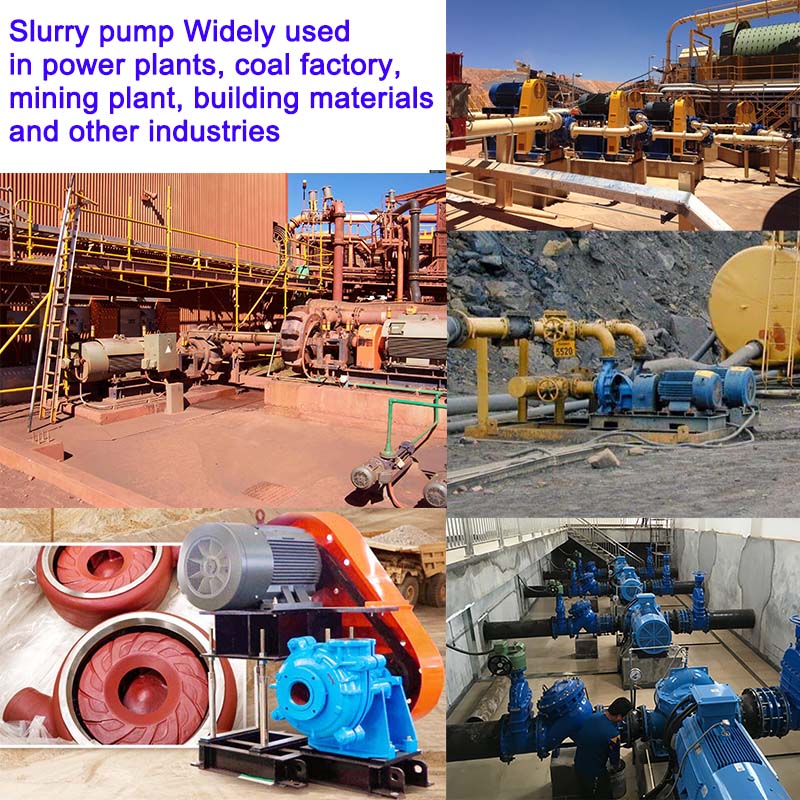English
- Afrikaans
- Albanian
- Amharic
- Arabic
- Armenian
- Azerbaijani
- Basque
- Belarusian
- Bengali
- Bosnian
- Bulgarian
- Catalan
- Cebuano
- Corsican
- Croatian
- Czech
- Danish
- Dutch
- English
- Esperanto
- Estonian
- Finnish
- French
- Frisian
- Galician
- Georgian
- German
- Greek
- Gujarati
- Haitian Creole
- hausa
- hawaiian
- Hebrew
- Hindi
- Miao
- Hungarian
- Icelandic
- igbo
- Indonesian
- irish
- Italian
- Japanese
- Javanese
- Kannada
- kazakh
- Khmer
- Rwandese
- Korean
- Kurdish
- Kyrgyz
- Lao
- Latin
- Latvian
- Lithuanian
- Luxembourgish
- Macedonian
- Malgashi
- Malay
- Malayalam
- Maltese
- Maori
- Marathi
- Mongolian
- Myanmar
- Nepali
- Norwegian
- Norwegian
- Occitan
- Pashto
- Persian
- Polish
- Portuguese
- Punjabi
- Romanian
- Russian
- Samoan
- Scottish Gaelic
- Serbian
- Sesotho
- Shona
- Sindhi
- Sinhala
- Slovak
- Slovenian
- Somali
- Spanish
- Sundanese
- Swahili
- Swedish
- Tagalog
- Tajik
- Tamil
- Tatar
- Telugu
- Thai
- Turkish
- Turkmen
- Ukrainian
- Urdu
- Uighur
- Uzbek
- Vietnamese
- Welsh
- Bantu
- Yiddish
- Yoruba
- Zulu
Telephone: +86 13120555503
Email: frank@cypump.com
Dec . 26, 2024 05:57 Back to list
efficient solutions for transporting heavy concrete slurry ...
Efficient Solutions for Transporting Heavy Concrete Slurry
Transporting heavy concrete slurry presents numerous challenges in construction and civil engineering projects. The density and viscosity of concrete slurry make it difficult to handle, and improper transportation can lead to delays, increased costs, and inefficiencies. Therefore, developing efficient solutions for transporting heavy concrete slurry is critical for optimizing workflow and ensuring successful project completion. This article explores various methods and technologies that can be employed to improve the transportation of heavy concrete slurry.
Understanding Concrete Slurry
Concrete slurry, often a mixture of cement, water, and aggregates, is used in numerous applications, including foundation work, repairs, and the production of precast concrete elements. Its heavy nature necessitates special consideration during transportation both in terms of equipment used and the methods applied. Additionally, the moisture content and consistency of the slurry can vary based on the specific requirements of a project, further complicating transportation logistics.
Challenges in Transportation
The primary challenges in transporting heavy concrete slurry include
1. Viscosity The high viscosity of concrete slurry can cause it to clump, leading to blockages in pipes and pumps. This can hinder efficient flow and require additional time and labor to resolve.
2. Weight The weight of concrete slurry necessitates robust transportation solutions. Traditional pumping systems may struggle to move heavier loads, leading to wear and requiring frequent maintenance.
3. Time-Sensitivity Concrete slurry has a limited workable life once mixed; therefore, timely transportation is crucial to prevent premature setting or drying.
4. Environmental Conditions Weather conditions can affect the state of concrete slurry during transportation, impacting its consistency and performance when applied.
Efficient Transportation Solutions
To address these challenges, various strategies and technologies can be implemented
efficient solutions for transporting heavy concrete slurry ...

1. Pumping Systems Using advanced pumping systems designed for heavy materials can significantly enhance the transportation process. High-pressure pump systems equipped with specially designed hoses reduce clogs and ensure a steady flow of concrete slurry.
2. Mixing and Transport Trucks Specialized trucks equipped with integrated mixing systems can produce and transport concrete slurry on-site. These trucks can maintain the necessary consistency during transit, minimizing the risk of premature setting.
3. Use of Admixtures Incorporating chemical admixtures can modify the properties of concrete slurry, making it less viscous and easier to transport. These admixtures can also enhance the flowability and workability of the material, allowing for smoother transportation.
4. Gravity-Feed Systems Utilizing gravity-feed systems can be an efficient way to transport concrete slurry over short distances. By designing conduits that take advantage of gravitational flow, construction teams can minimize the energy required for pumping, resulting in lower operational costs.
5. Continuous Delivery Systems Implementing continuous delivery systems can ensure a constant flow of concrete slurry to the point of use. Such systems can synchronize production and transportation, improving overall efficiency and reducing downtime.
Technological Innovations
With the rise of technology, innovative solutions are continuously emerging to enhance the transportation of concrete slurry
1. Remote Monitoring Utilizing IoT (Internet of Things) technology to monitor the properties of concrete slurry during transportation can provide real-time data to operators, ensuring that the material maintains its desired characteristics until it reaches the job site.
2. Automation Automated systems can streamline the transportation process, reducing labor costs and human error. Automated pumps, for instance, can adjust their output based on real-time metrics, ensuring optimal flow rates.
3. Drones and Robotics Although still in the exploratory phase, the use of drones and robotic systems for the transportation of lighter slurry batches could revolutionize the industry. These innovations might offer rapid deployment in inaccessible areas or complex job sites.
Conclusion
Transporting heavy concrete slurry is a significant aspect of construction that requires strategic planning and innovative solutions. By adopting advanced pumping systems, specialized transport vehicles, effective admixtures, and cutting-edge technology, construction professionals can improve efficiency, reduce costs, and enhance project timelines. As the industry continues to evolve, embracing these methods will be crucial for successful implementation in various projects, ensuring that heavy concrete slurry is transported reliably and effectively.
-
Horizontal Split Case Pump with GPT-4 Turbo | High Efficiency
NewsAug.01,2025
-
ISG Series Pipeline Pump - Chi Yuan Pumps | High Efficiency, Durable Design
NewsAug.01,2025
-
Advanced Flue Gas Desulfurization Pump with GPT-4 Turbo | Durable & Efficient
NewsJul.31,2025
-
ISG Series Vertical Pipeline Pump - Chi Yuan Pumps | Advanced Hydraulic Design&Durable Construction
NewsJul.31,2025
-
ISG Series Vertical Pipeline Pump - Chi Yuan Pumps | Energy Efficient & Low Noise
NewsJul.31,2025
-
pipeline pump - Chi Yuan Pumps Co., LTD.|High Efficiency&Low Noise
NewsJul.31,2025










